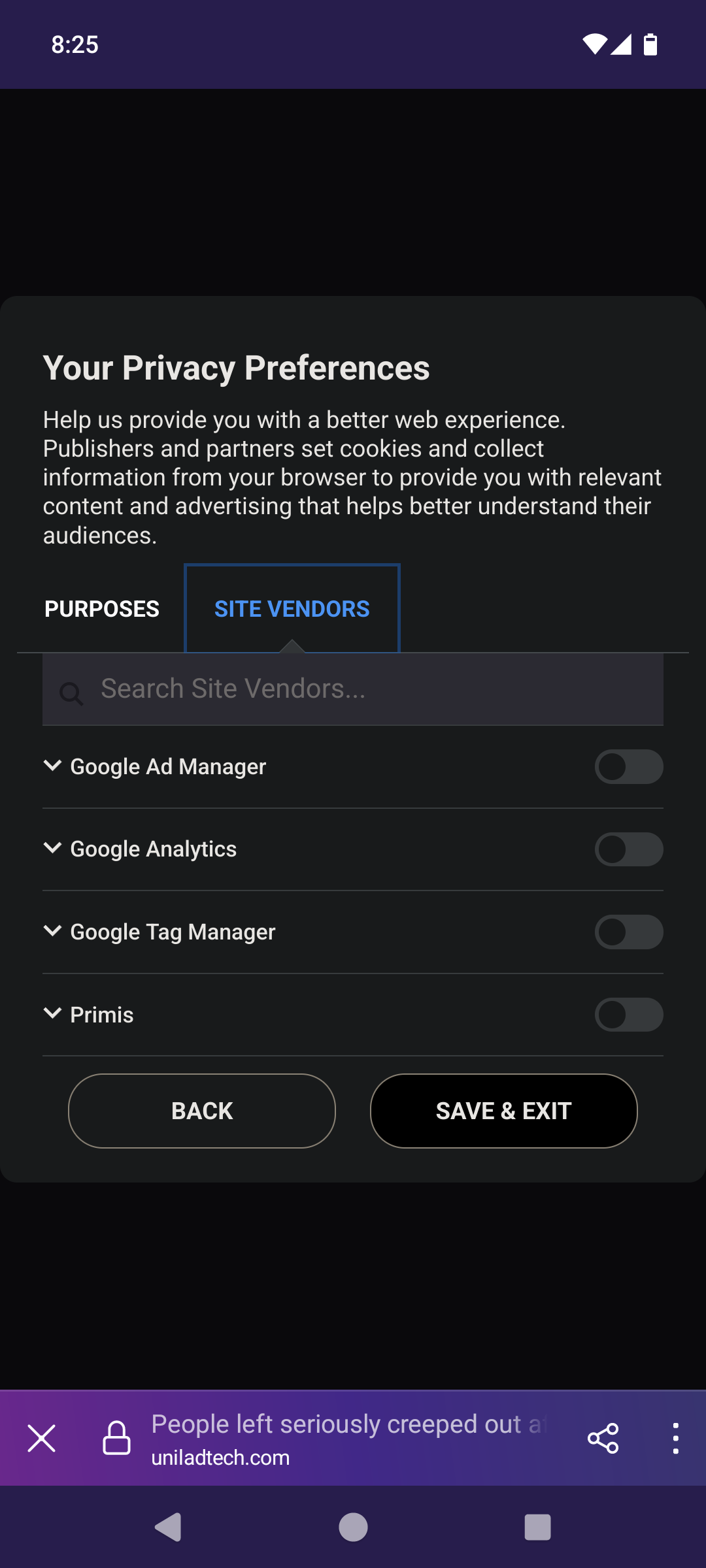

Definitely no, viruses need 48-72 hours of incubation before the .mkv host becomes contagious. If the file is <24 hours old, I’d look for another source.
If you’re worried your computer might be infected, you should consider swapping your case LEDs with UV lights to purify your system.





Resilio runs a “relay” server to facilitate connections where neither peer has properly set up port forwarding. Only downside of Resilio is its not open source, so you just kinda have to take their privacy policy at face value. As long as op isn’t sending something super sensitive though, it probably is no big deal.